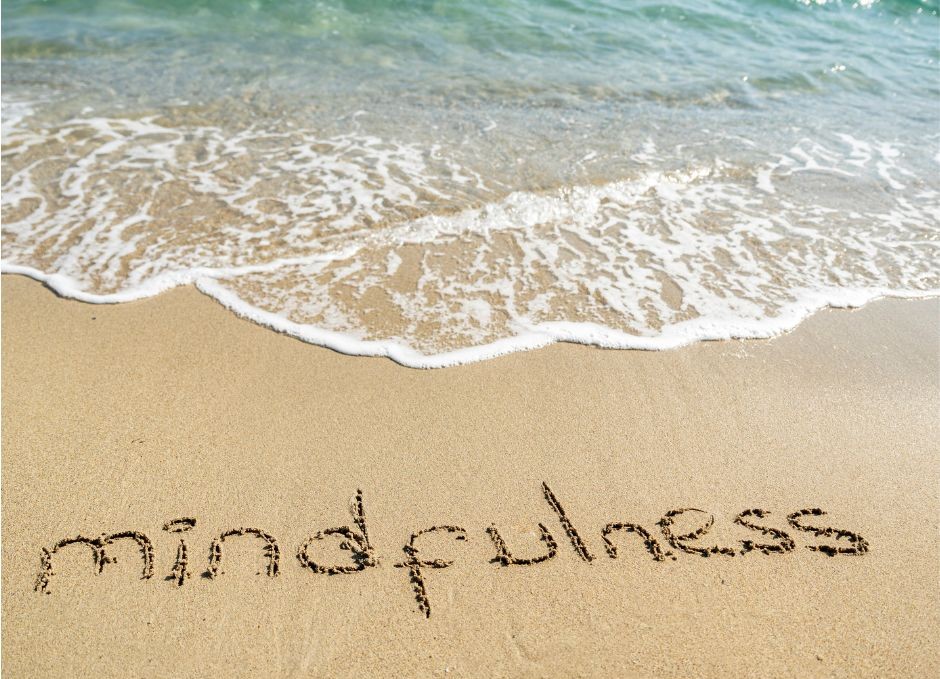Do you freeze up or shut down when confronted by conflict? Do you wish you had more control over your reactions? Is life so stressful at times that you just don’t know what to do?
Cultivating a mindful approach will enable you to choose your responses rather than reacting. It will help you to think more positively and move through life with purpose and peace. Feel free to try and select the techniques that make sense and on which you are more likely to follow through. Be patient with yourself. It takes practice to build confidence and proficiency. The goal is to weave mindfulness strategies into your regular routines rather than using them after the fact to do damage control.
What is mindfulness and how do you apply it in your life? Mindfulness is an umbrella term for a type of personal approach to making sense of life and strategies that can be used to achieve peace and balance. It means being aware, on purpose, in the moment, without judgment. Let’s examine the various powerful pieces of this definition.
Being aware means paying attention on purpose. It means being observant and actively applying this information to our responses. This requires intentional thought and action.
In the moment” as thinking and acting in the “here and now.” Focus on your current thoughts, feelings, and behaviors. Ask yourself what is true about yourself in this moment. How else can I think about this that would be helpful in this moment?
Dwelling on past regrets is called rumination. It has already happened; so, it is no longer in the present moment.
Worries are stressful thoughts about what might or might not happen. It’s events may not play out as imagined. In some cases things aren’t as dire as we expected.
With mindfulness, we respond to thoughts, feelings, and experiences as they occur. When involved in problem solving or conflict resolution, it is helpful to discuss current incidents and refrain from dredging up similar past hurts. If there is lingering resentment, consider exploring what these incidents have in common. Is there a pattern of behavior that needs to change? Discussing patterns and how to change them or developing plans for future activities is present moment thinking.
Now we come to the without judgment piece. Think of judgment as placing a value on something. It may cause you to think you have to act on something that is said or done. Without judgment also means acknowledging the presence of a thought or distraction without choosing to act on it.
As you go about your business this month focus on the awareness concept. Mary Morrissey, a prominent positive psychology guru, uses the phrase “notice what you’re noticing.” Remember this phrase as you go about your daily activities. What do you see, hear, smell, taste, or touch? What was happening around you when an incident occurred? What happened right before the problem occurred? What were you thinking about? Were you focused or distracted? What went well? What could be done differently? Use this information to make informed choices about your actions.
Try some of these activities to sharpen your awareness-building skills. If your anxiety gets activated, try tuning into your present environment. Can you feel the chair under you? Can you feel it supporting your back? What does the floor feel like under your feet? Is the carpet soft or are the floorboards cold? Can you name individual things you see, hear or smell? Getting in touch with your environment will help ground you and calm that anxiety.
Next time you eat a meal, tune into the textures, temperatures, and flavors. Is there a particularly sour taste? Do you notice you enjoy the combination of avocado and salsa on your tongue? Did the warm, oozy chocolate in that cookie fill your mouth and your heart with joy? I’m reminded of the Curious George movie in which the man in the yellow hat tastes something delicious and says something like, “oooooh, there’s a party in my mouth.”
In summary, as we incorporate mindfulness strategies into our everyday routines, we may find that we are living the practice. We may discover that we are managing our emotions rather than allowing them to manage us. We can approach situations with clarity. We can respond rather than reacting. When we notice what we’re noticing, we can make adaptations as needed. You can respond with intent rather than reacting.
As you incorporate these tips into your mindfulness practice, you will experience greater feelings of self-worth and peace.
Mindfulness Practice
Sit somewhere in nature (even your back yard is okay.)
Take some cleansing breaths (breathe slowly in and out-find your own rhythm.)
Allow your thoughts to slow down and your body to slow down your nervous system. Allow yourself several minutes. Sit with this ease.
Tune into nature through your senses.
Notice and name:
What you see,
What you hear,
What you can touch,
What you can smell,
And even what you can taste (perhaps you can dip your hand into water and bring it to your lips.)
Hold onto the impressions for 20-30 seconds. Savor these moments.

